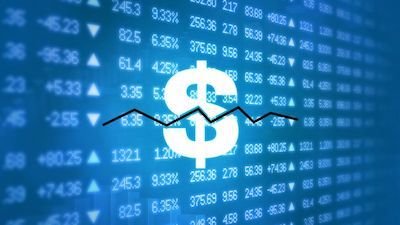Investment strategies explained: Market timing, dollar-cost averaging and value averaging

Dollar-cost averaging
Dollar-cost averaging (DCA) is an investment technique of buying a fixed dollar amount of a particular investment on a regular schedule, regardless of the share price. The investor purchases more shares when prices are low and fewer shares when prices are high. The premise is that DCA lowers the average share cost over time, increasing the opportunity to profit. The DCA technique does not guarantee that an investor won't lose money on investments. Rather, it is meant to allow investment over time instead of investment as a lump sum.
DCA is generally considered safer. Using this method can help preserve capital in down markets. Automating the process of dollar cost averaging is also an advantage. If you have a 401(k) you are probably already using a DCA strategy…buying into your investments every two weeks or every time you get paid.
Some think that DCA is passive. If you DCA during bull markets, you might forgo capital gains while you sit on excess cash. It can also be difficult to maintain the discipline necessary to buy your investments on a regular basis. Automation helps.
Market Timing
Market timing is just what it's name implies. You try to get in and out of the market at the right time, predicting tops and bottoms and taking profits when you can. Of course, if you time right you will have bigger gains. Market timing is a more aggressive technique. So, there is greater potential for capital gains. For example, it would have been a great idea to go all in to stocks right around March of 2009. But if you time wrong, you will have bigger losses. Market timing is a more difficult and advanced strategy. Most people can’t call market tops and bottoms accurately. It can be dangerous if you go all in at the wrong time and get unlucky. Going all in on stocks in late 2007 would have been a bad decision.
Value averaging
An alternative investing strategy that works similarly to dollar cost averaging in terms of steady monthly contributions, but differs in its approach to the amount of each monthly contribution. In value averaging, the investor sets a target growth rate or growth amount in percentage points on his or her portfolio each month, and then adjusts the next month's contribution according to the relative gain or shortfall made on the original asset base. For example, suppose that an account has a value of $1,000 and the goal is for the portfolio to increase by $100 every month. If, in a month's time, the assets have grown to $1,024, the investor will fund the account with $76 ($100 - $24) worth of assets. In the following month, the goal would be to have account holdings of $1,400. This will take advantage of 'oversold' markets as well as scale buying back in 'overbought' markets when prices are high.
What to pick
Which strategy is right for you? It depends on your personality. If you are aggressive and feel like you can pull it off, try market timing. But be aware this can be very risky. If you feel more conservative, dollar-cost averaging or value averaging might be more to your liking. For smaller sums, dollar cost averaging would be recommended because it is safe and convenient. For larger sums (500$+), value averaging has been shown to be a bit more profitable in the long run.